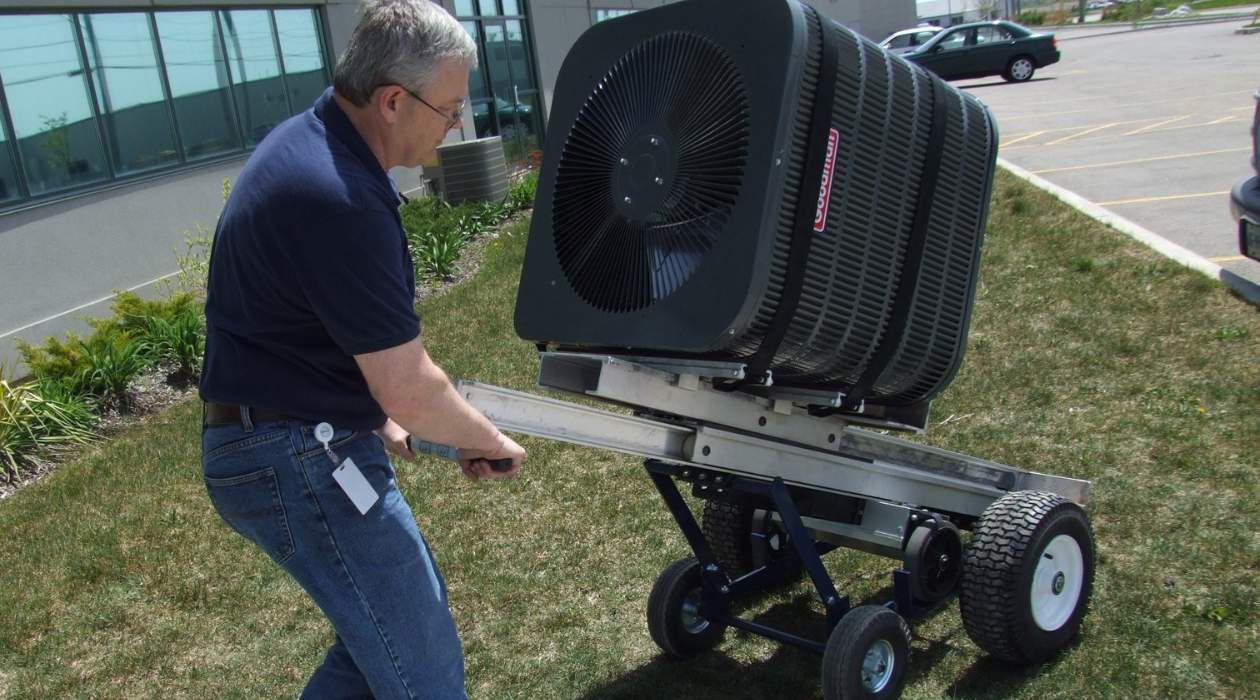

Articles
How Much Does It Cost To Move An HVAC Unit
Modified: January 8, 2024
Looking for articles on how much it costs to move an HVAC unit? Discover the average expenses and factors to consider in this helpful guide.
(Many of the links in this article redirect to a specific reviewed product. Your purchase of these products through affiliate links helps to generate commission for Storables.com, at no extra cost. Learn more)
Introduction
When it comes to moving an HVAC (Heating, Ventilation, and Air Conditioning) unit, there are several factors that come into play. Whether you’re relocating your HVAC system to a new location within your home or moving it to a completely different property, it’s important to consider the costs involved in the process.
Understanding the various factors that affect the cost of moving an HVAC unit can help you plan your budget and ensure a smooth transition. From preparation costs to labor costs, equipment costs to transportation costs, there are several components to consider when estimating the overall expense. Additionally, permits and licensing, removal and disposal, and any additional services required can further add to the total cost of the move.
In this article, we will delve into each factor in detail and provide you with some useful tips for cost-effective HVAC unit moves.
So, let’s get started by examining the factors that can influence the cost of moving an HVAC unit.
Key Takeaways:
- Factors such as the size and type of HVAC unit, distance of the move, and complexity of the installation all influence the cost of moving an HVAC unit. Planning ahead and obtaining multiple quotes can help minimize expenses.
- To make an HVAC unit move more cost-effective, consider DIY tasks, optimize transportation routes, and explore equipment rental options. Working with experienced HVAC professionals is crucial for accurate assessments and compliance with local regulations.
Read more: How Much Does HVAC Ductwork Cost
Factors Affecting HVAC Unit Moving Costs
When determining the cost of moving an HVAC unit, there are several factors that can impact the overall expense. Understanding these factors will help you estimate the budget required for the move. Here are some key factors to consider:
- Size and type of HVAC unit: The size and type of your HVAC unit play a significant role in determining the cost of the move. Larger units or those with complex configurations may require more labor and equipment, resulting in higher costs.
- Distance of the move: The distance between the current location and the new one is an important factor in calculating transportation costs. Longer distances may require additional resources and time, leading to increased expenses.
- Accessibility: The ease of access to the HVAC unit can influence the cost of the move. If the unit is located on the ground floor and can be easily reached, the moving process will be more straightforward and cost-effective. However, if the unit is situated in a confined space or on a higher floor, additional equipment or manpower may be necessary, increasing the overall cost.
- Complexity of the installation: If the HVAC unit requires intricate installation procedures, such as intricate ductwork or complicated wiring, the labor costs will likely be higher. This is because more time and expertise are needed to properly disconnect and reconnect the system at the new location.
- Time of the year: Moving an HVAC unit during peak seasons, such as summer or winter, when demand for heating or cooling is high, may result in higher costs. HVAC contractors are typically busier during these times, and their rates may reflect the increased demand.
- Condition of the unit: The condition of the HVAC unit can affect the cost of moving it. If the unit is old, outdated, or in need of repairs, additional precautions or maintenance may be required during the move, leading to increased costs.
By considering these factors, you will be better equipped to estimate the overall cost of moving your HVAC unit. However, it’s important to note that these factors are not exhaustive, and other variables may come into play depending on your specific situation.
Preparation Costs
Before moving an HVAC unit, there are several preparatory steps that need to be taken. These preparations come with associated costs that should be factored into your budget. Here are some typical preparation costs to consider:
- Disconnection and inspection: One of the initial steps in preparing an HVAC unit for moving is the disconnection and inspection process. A licensed HVAC technician will need to disconnect the unit from its power source, inspect it for any damages or issues, and ensure it is ready for transportation. This service comes with a cost, which is typically an hourly rate for the technician’s time.
- Protection and packaging materials: To ensure the safe transport of your HVAC unit, it needs to be appropriately protected and packaged. This may include using sturdy wrap or blankets to shield the unit from scratches and damage. Additionally, you may need to purchase specialized packaging materials, such as foam or bubble wrap, to provide extra cushioning during the move. The cost of these materials should be taken into account.
- Removal of obstacles: Depending on the location of the HVAC unit, there may be obstacles that need to be removed or temporarily relocated to facilitate the moving process. This may include furniture, decor, or other items that obstruct access to the unit. If you require assistance in moving these obstacles, there may be additional costs associated with hiring labor or a professional moving company.
- Temporary HVAC setup: During the relocation of your HVAC unit, you may require temporary heating or cooling arrangements to maintain a comfortable indoor environment. This could involve renting portable HVAC units or utilizing alternative heating or cooling methods. The cost of these temporary setups should be considered in your budget.
By accounting for these preparation costs, you can ensure that your HVAC unit is properly disconnected, protected, and ready for the moving process. It is advisable to consult with a professional HVAC contractor to obtain accurate estimates for these preparation services.
Labor Costs
The labor costs involved in moving an HVAC unit can vary depending on factors such as the size and complexity of the unit, the location of the current and new sites, and the specific requirements of the job. It is crucial to understand how labor costs can impact your budget when planning the relocation of your HVAC unit.
Here are some labor-related factors that can affect the overall cost:
- HVAC technician rates: The hourly rates of HVAC technicians can vary based on their level of experience, location, and demand. It is advisable to obtain multiple quotes from reputable HVAC contractors to get a better estimate of the labor costs involved in your specific moving project.
- Number of technicians: Depending on the size and complexity of the HVAC unit, it may require more than one technician to handle the disconnection, preparation, and installation process. Additional technicians will increase the labor costs, as each technician’s time is typically billed separately.
- Time required: The duration of the job will directly impact the labor costs. Moving an HVAC unit can be a time-consuming process, especially if it involves intricate wiring, complex configurations, or challenging access. Technicians usually charge by the hour, so the more time required, the higher the labor costs will be.
It’s important to note that labor costs can also be affected by unforeseen circumstances or unexpected complications. For instance, if the HVAC unit requires repairs or modifications during the move, additional labor may be required, resulting in increased costs.
To ensure that you have an accurate estimation of the labor costs involved in moving your HVAC unit, it is recommended to consult with experienced HVAC professionals who can assess your specific situation and provide you with a detailed breakdown of the labor expenses.
By considering the various labor-related factors and obtaining quotes from reputable HVAC contractors, you can better plan and budget for the labor costs involved in moving your HVAC unit.
Equipment Costs
When it comes to moving an HVAC unit, various equipment is required to ensure a safe and efficient relocation. These equipment costs should be taken into consideration when budgeting for the move. Here are some common equipment costs associated with moving an HVAC unit:
- Lifting equipment: HVAC units are typically heavy and bulky, requiring specialized lifting equipment to safely move them. This may include items such as forklifts, cranes, or rigging systems. The cost of renting or hiring this equipment should be factored into your budget.
- Hand tools: Various hand tools are needed during the removal, installation, and reconnection process of the HVAC unit. These tools may include wrenches, screwdrivers, wire cutters, and more. If you do not already own these tools, you may need to purchase or rent them, adding to the overall equipment costs.
- Protective gear: The safety of the technicians and the HVAC unit itself is of utmost importance during the move. Protective gear such as gloves, helmets, safety glasses, and high-visibility vests should be worn to prevent injuries and damage. The cost of providing these protective gear items should be considered.
- Transportation equipment: Depending on the size and weight of the HVAC unit, specialized transportation equipment may be necessary for the move. This can include flatbed trucks, trailers, or even custom-made HVAC unit carrying devices. The cost of renting or hiring this transportation equipment should be factored into your budget.
It is important to work with experienced HVAC professionals who have access to the necessary equipment for a smooth and safe HVAC unit move. They will be able to assess the specific requirements of your unit and provide you with an accurate estimate of the equipment costs involved.
By considering these equipment costs and consulting with HVAC professionals, you can ensure that the necessary tools and equipment are available for a successful move without any unexpected surprises or delays.
Read more: How Much Does An HVAC Inspection Cost
Transportation Costs
Transporting an HVAC unit from one location to another requires careful planning and consideration of transportation costs. Various factors can influence these costs, and it is essential to account for them in your budget. Here are some key points to consider when estimating transportation expenses:
- Type and size of the HVAC unit: The size and weight of the HVAC unit will directly impact the transportation costs. Larger units may require specialized trucks or trailers for safe and secure transport. Additionally, if the unit is fragile or sensitive, additional precautions may need to be taken, which can further affect the transportation costs.
- Distance and location: The distance between the current location and the destination of the HVAC unit is a significant factor in determining transportation costs. Longer distances will require more fuel, time, and possibly additional permits, resulting in higher expenses. Additionally, if the new location is in a remote or hard-to-reach area, transportation costs may increase due to limited access or specialized transportation requirements.
- Mode of transportation: The mode of transportation chosen for moving the HVAC unit will impact the associated costs. Options may include using a specialized HVAC transporter, hiring a moving company with experience in HVAC unit relocation, or even arranging for a crane to lift the unit to higher floors. Each mode of transportation comes with its own costs, and it is important to research and choose the most appropriate option for your specific situation.
It is crucial to work with transportation professionals who have experience in moving HVAC units. They will have the necessary expertise and equipment to ensure a safe and efficient transport, minimizing the risk of damage to the unit and any other potential complications.
By considering the type and size of the HVAC unit, the distance and location of the move, and the mode of transportation, you can better estimate the transportation costs involved and ensure that your budget accurately reflects these expenses.
When moving an HVAC unit, consider the distance it needs to be moved, any necessary permits, and the cost of hiring professional movers or HVAC technicians. Additionally, factor in any potential modifications needed at the new location.
Permits and Licensing Costs
When moving an HVAC unit, it is important to comply with local regulations and obtain any necessary permits and licenses. Failure to do so can result in fines or delays in the moving process. Here are some factors to consider regarding permits and licensing costs:
- Municipal permits: Depending on the local regulations in your area, you may need to obtain permits from the municipal or local government for the relocation of your HVAC unit. These permits ensure compliance with zoning laws, safety codes, and environmental regulations. The cost of obtaining these permits can vary depending on the location and the requirements set by the governing authority.
- Professional licensing: In some areas, HVAC technicians and contractors must hold specific licenses or certifications to perform HVAC unit moves. It is important to verify that the professionals you hire for the relocation of your HVAC unit have the necessary licenses and certifications. While the cost of licensing may not be directly borne by you, it is worth considering as it can impact the overall cost of the project.
- Specialized permits: Depending on the complexity or unique circumstances of the HVAC unit move, you may require specialized permits. For example, if the unit needs to be transported through public roads or if it requires special handling due to its size or weight, additional permits may be necessary. These specialized permits may come at an additional cost that should be factored into your budget.
To determine the exact permits and licensing requirements for your HVAC unit move, it is essential to consult with local authorities and HVAC professionals who are familiar with the regulations in your area. They will be able to guide you through the process and help you obtain the necessary permits and licenses.
By considering the need for permits and licensing, you can ensure that you comply with all local regulations and prevent any legal issues or delays during the moving process. Proper research and communication with the appropriate authorities and professionals will help you estimate and plan for these costs effectively.
Removal and Disposal Costs
When moving an HVAC unit, it is important to consider the costs associated with the removal and disposal of the old unit, especially if it is not being relocated to a new property. Here are some factors to keep in mind regarding removal and disposal costs:
- Disconnection and removal: The process of disconnecting and removing the HVAC unit from its current location can involve labor and equipment costs. HVAC technicians will need to properly disconnect the unit from its power source and dismantle any necessary components for safe removal.
- Specialized equipment and techniques: Depending on the size and weight of the HVAC unit, specialized equipment and techniques may be needed for its removal. This can include using cranes, hoists, or rigging systems to safely lift the unit and load it onto a transportation vehicle. The costs associated with renting or hiring this specialized equipment should be considered.
- Disposal fees: If the HVAC unit is not being relocated and needs to be disposed of, there may be disposal fees involved. These fees can vary depending on local regulations and the type of unit being discarded. Some jurisdictions have specific guidelines for disposing of HVAC equipment due to the potential presence of hazardous materials or refrigerants.
- Environmentally friendly disposal: Properly disposing of an old HVAC unit in an environmentally friendly manner is essential. Some HVAC companies offer eco-friendly disposal services that ensure the proper handling and recycling of components such as metals and refrigerants. Although these services may come at an additional cost, they promote sustainability and responsible waste management.
It is important to consult with HVAC professionals who can guide you through the removal and disposal process, ensuring compliance with local regulations and responsible environmental practices. They will be able to provide you with accurate estimates of the costs involved in the removal and disposal of your HVAC unit.
By accounting for these removal and disposal costs, you can ensure a smooth transition while adhering to environmental regulations and considerations.
Additional Services Costs
When moving an HVAC unit, there may be additional services that you require to facilitate the process or address specific needs. These services can add to the overall cost of the relocation. Here are some common additional services to consider:
- Custom fabrication: If the new location requires modifications to accommodate the HVAC unit or if there is a need for custom ductwork or connections, custom fabrication services may be required. The cost of these services will depend on the complexity of the modifications and the materials needed.
- Electrical and wiring work: Moving an HVAC unit often involves disconnecting and reconnecting electrical wiring. If there is a need for additional electrical work, such as upgrading or modifying existing electrical systems to accommodate the unit, the cost of hiring an electrician or electrical contractor should be considered.
- Structural modifications: In some cases, the relocation of an HVAC unit may require structural modifications to the building. This can include reinforcing floors or walls, creating access points, or making changes to the ventilation system. The costs associated with these modifications should be factored into your budget.
- Testing and commissioning: After the HVAC unit has been relocated, it is important to ensure that it is functioning properly before use. Testing and commissioning services, provided by HVAC technicians, check the system for any issues and ensure optimal performance. The cost of these services should be included in your budget.
- Extended warranties or maintenance contracts: Moving an HVAC unit can be a good time to consider extending warranties or purchasing maintenance contracts for the system. While this is an optional expense, it can provide peace of mind and potentially save you money on future repairs or maintenance.
It is important to thoroughly assess your specific needs and consult with HVAC professionals to determine if any additional services are required for your HVAC unit move. They can provide guidance, estimate the costs, and suggest any necessary services to ensure a successful relocation.
By considering these additional services costs, you can better plan your budget and ensure that all necessary tasks and modifications are handled professionally, resulting in a smooth and efficient move for your HVAC unit.
Read more: How Much Does An HVAC Service Cost
Tips for Cost-Effective HVAC Unit Moves
When planning to move an HVAC unit, it’s important to keep costs in mind and find ways to make the process more cost-effective. Here are some tips to help you save money during your HVAC unit move:
- Plan ahead: Start the planning process well in advance to allow time for research and obtaining multiple quotes. This will help you compare prices and find the most affordable options for labor, equipment, and transportation.
- Get multiple quotes: Reach out to several reputable HVAC contractors to get quotes for the moving services. Compare the pricing and services offered to ensure you are getting the best value for your money.
- Minimize labor time: Simplify the moving process by ensuring easy access to the HVAC unit. Clear any obstacles or furniture that might hinder the technicians’ work, reducing the time needed for disconnection and reconnection.
- Consider DIY disconnection and preparation: If you have the necessary skills and experience, you may be able to handle some of the disconnection and preparation tasks yourself. However, it’s important to consult with professionals to ensure proper procedures are followed and to avoid any damage to the unit.
- Optimize transportation routes: Plan the most efficient transportation route to minimize mileage and fuel costs. Consider any possible road restrictions, construction zones, or time-of-day traffic patterns to avoid unnecessary delays and additional expenses.
- Reuse existing equipment: Whenever possible, try to reuse existing equipment, such as ductwork or electrical components, to avoid additional replacement costs. However, it’s essential to ensure that the reused equipment is in good condition and meets safety standards.
- Explore equipment rental options: Instead of purchasing or hiring specialized equipment for the move, consider renting it for the duration of the relocation. This can help reduce equipment costs and avoid the need for long-term storage or maintenance.
- Research permit requirements: Take the time to research and understand the permit requirements in your area. Ensure that you obtain all necessary permits to avoid any fines or delays that could increase costs down the line.
- Consider energy-efficient upgrades: If you’re already moving your HVAC unit, it may be worth considering energy-efficient upgrades. While this could involve an initial expense, upgrading to a more efficient unit can lead to long-term energy savings and lower utility bills.
By implementing these tips, you can make your HVAC unit move more cost-effective without compromising on the quality and safety of the relocation process.
Remember, it is crucial to work with reputable HVAC professionals who can provide guidance and expert services to ensure a successful and budget-friendly move for your HVAC unit.
Conclusion
Moving an HVAC unit is a complex process that requires careful planning and consideration of various factors. By understanding the factors that affect HVAC unit moving costs and taking steps to minimize expenses, you can ensure a smooth and cost-effective relocation.
Factors such as the size and type of HVAC unit, distance of the move, accessibility, complexity of the installation, time of the year, and condition of the unit all play a role in determining the cost. It’s important to estimate the costs associated with preparation, labor, equipment, transportation, permits and licensing, removal and disposal, and any additional services required.
To make your HVAC unit move more cost-effective, it’s crucial to plan ahead, get multiple quotes, minimize labor time, consider DIY tasks where feasible, optimize transportation routes, reuse existing equipment, explore equipment rental options, research permit requirements, and consider energy-efficient upgrades.
Working with experienced HVAC professionals is essential as they can provide accurate assessments, guide you through the process, and ensure compliance with local regulations. They will also help you find the most affordable options for labor, equipment, and transportation while maintaining the safety and integrity of your HVAC unit.
In conclusion, by considering the factors involved, researching and obtaining multiple quotes, and implementing cost-saving strategies, you can successfully move your HVAC unit while keeping the expenses within your budget. A well-executed HVAC unit move will ensure the continued efficiency and functionality of your system, providing comfort for years to come.
Frequently Asked Questions about How Much Does It Cost To Move An HVAC Unit
Was this page helpful?
At Storables.com, we guarantee accurate and reliable information. Our content, validated by Expert Board Contributors, is crafted following stringent Editorial Policies. We're committed to providing you with well-researched, expert-backed insights for all your informational needs.
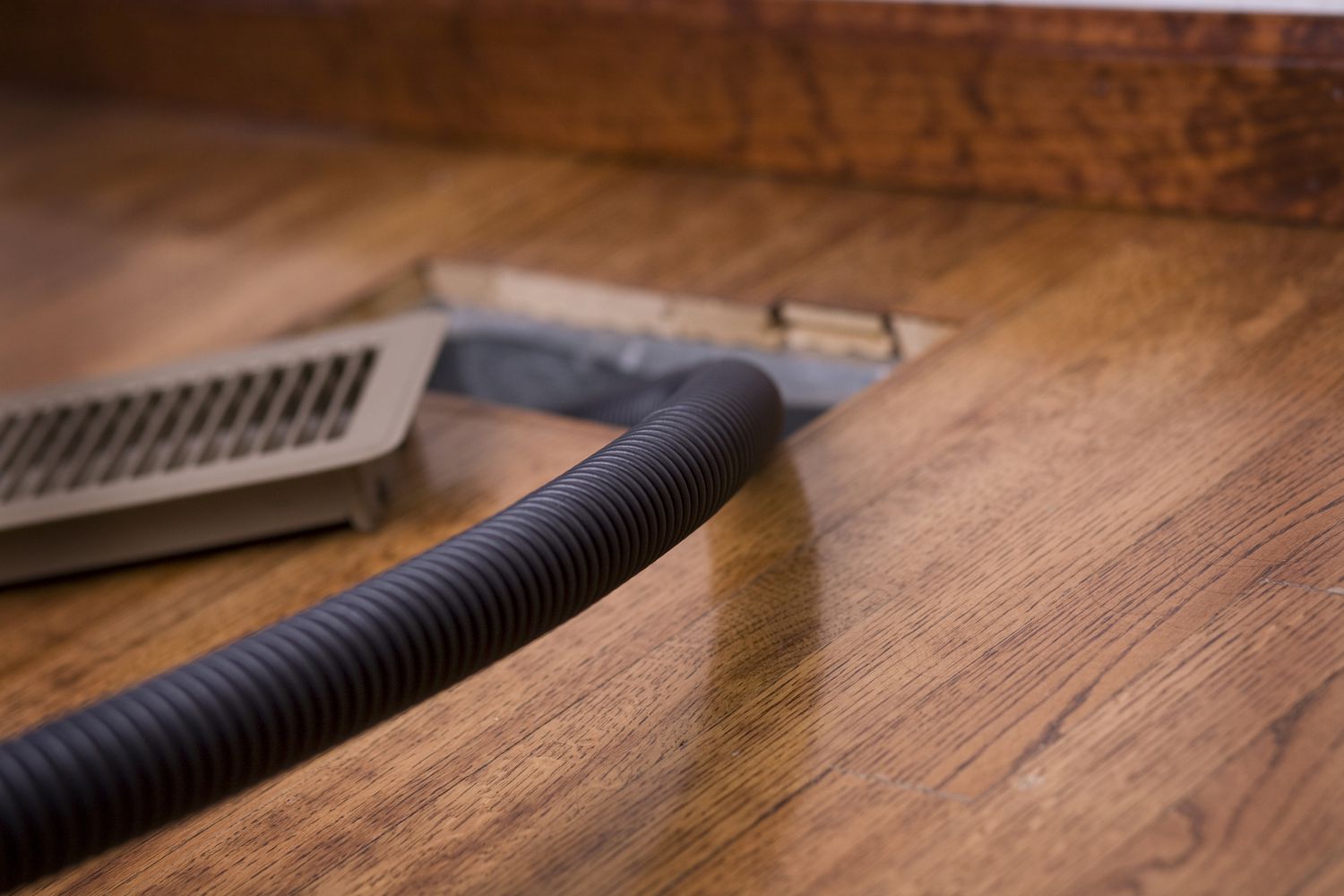
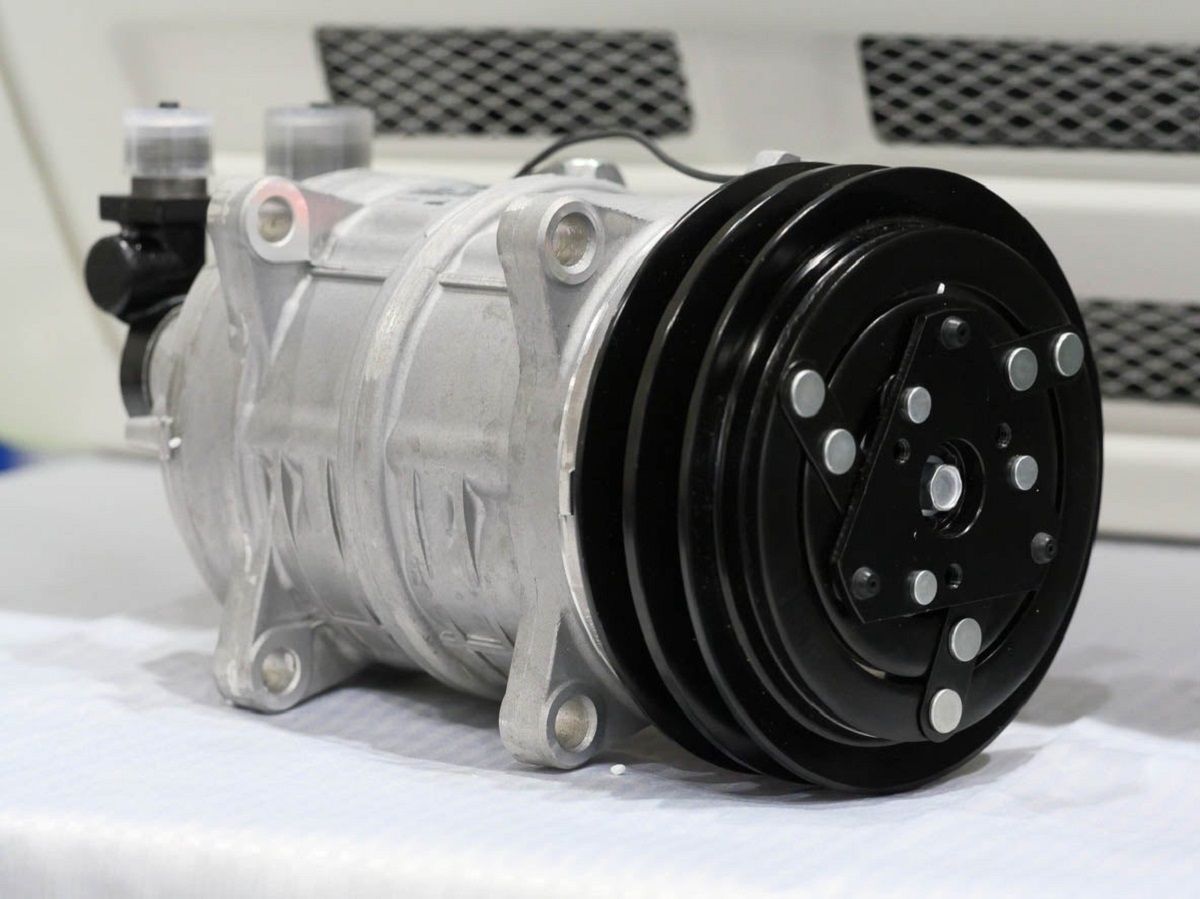
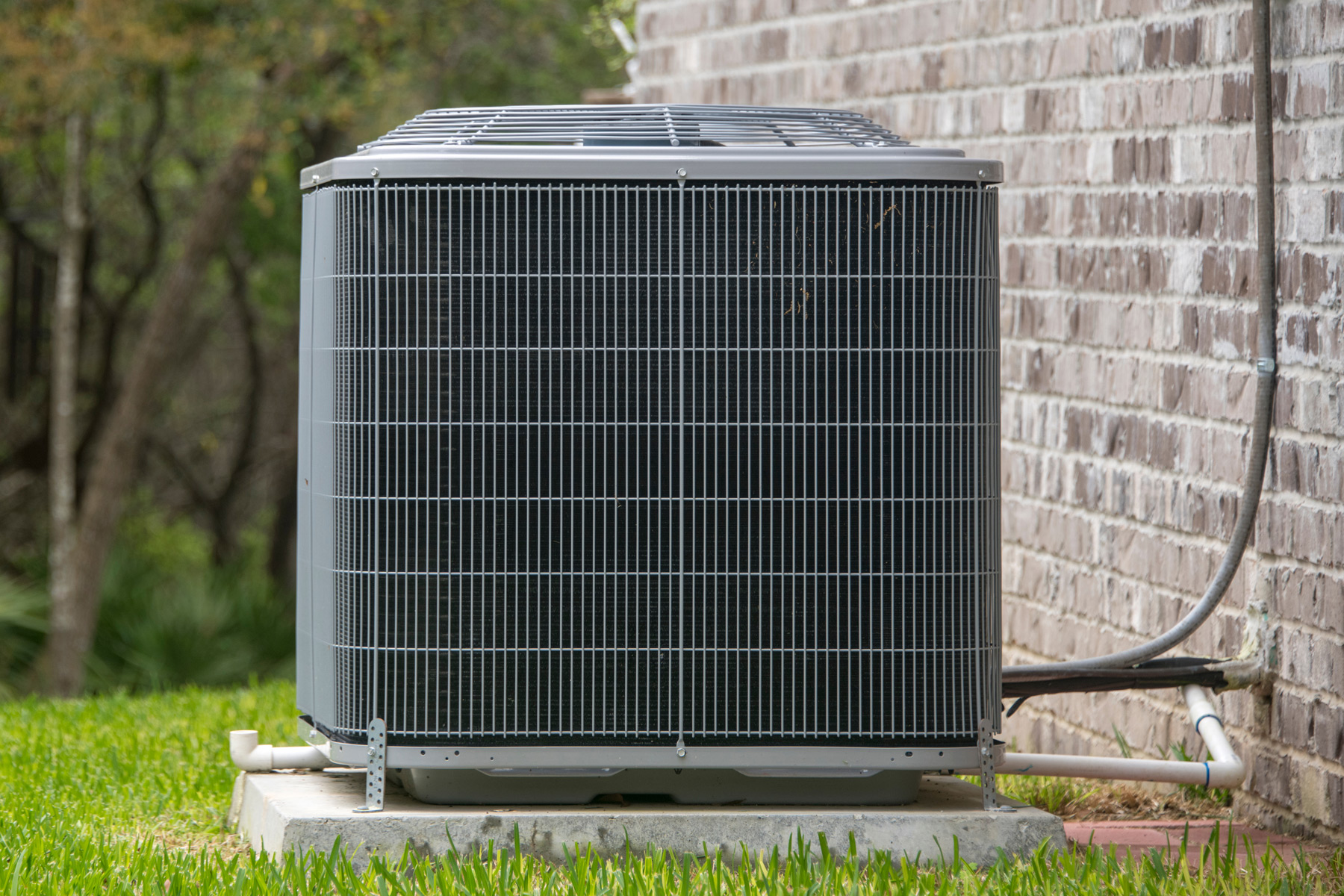
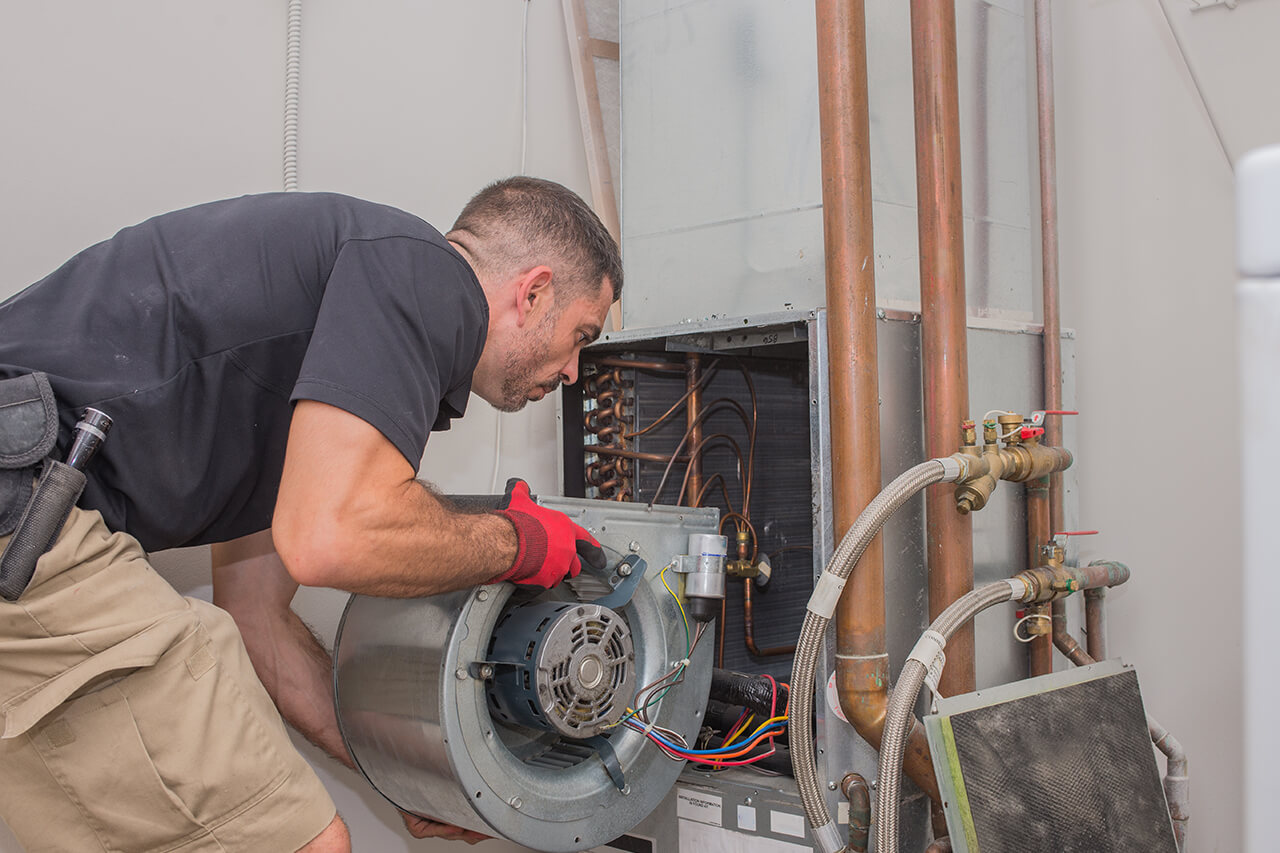
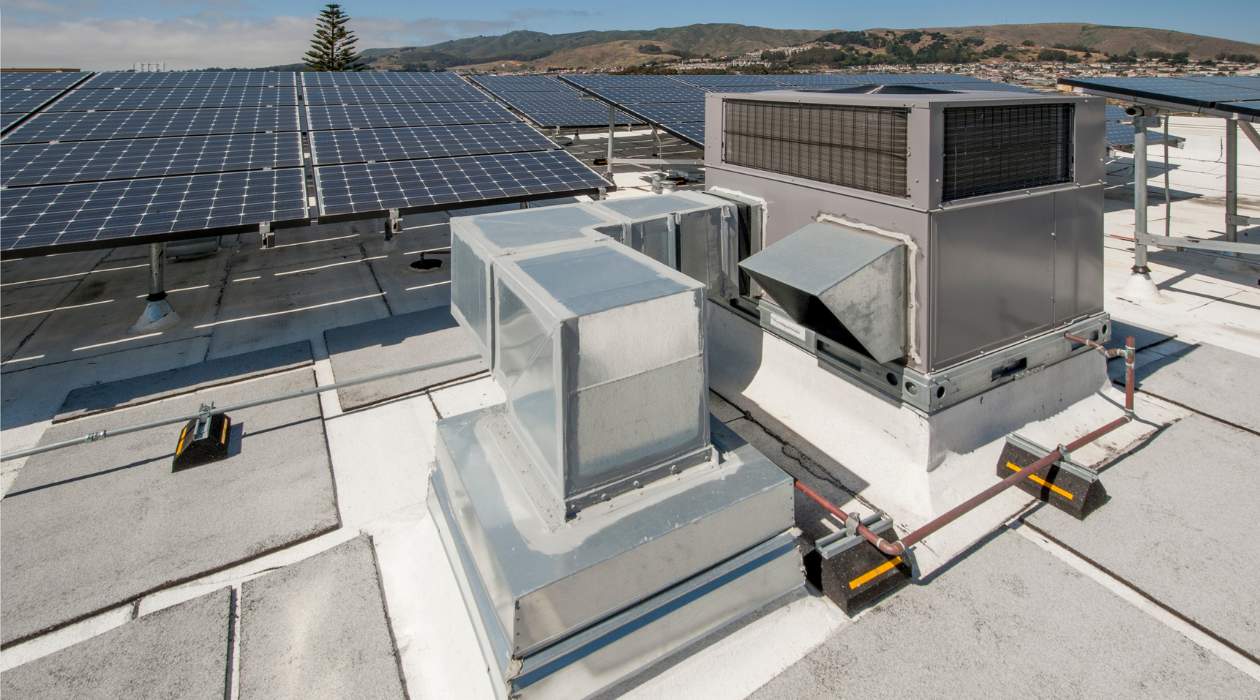
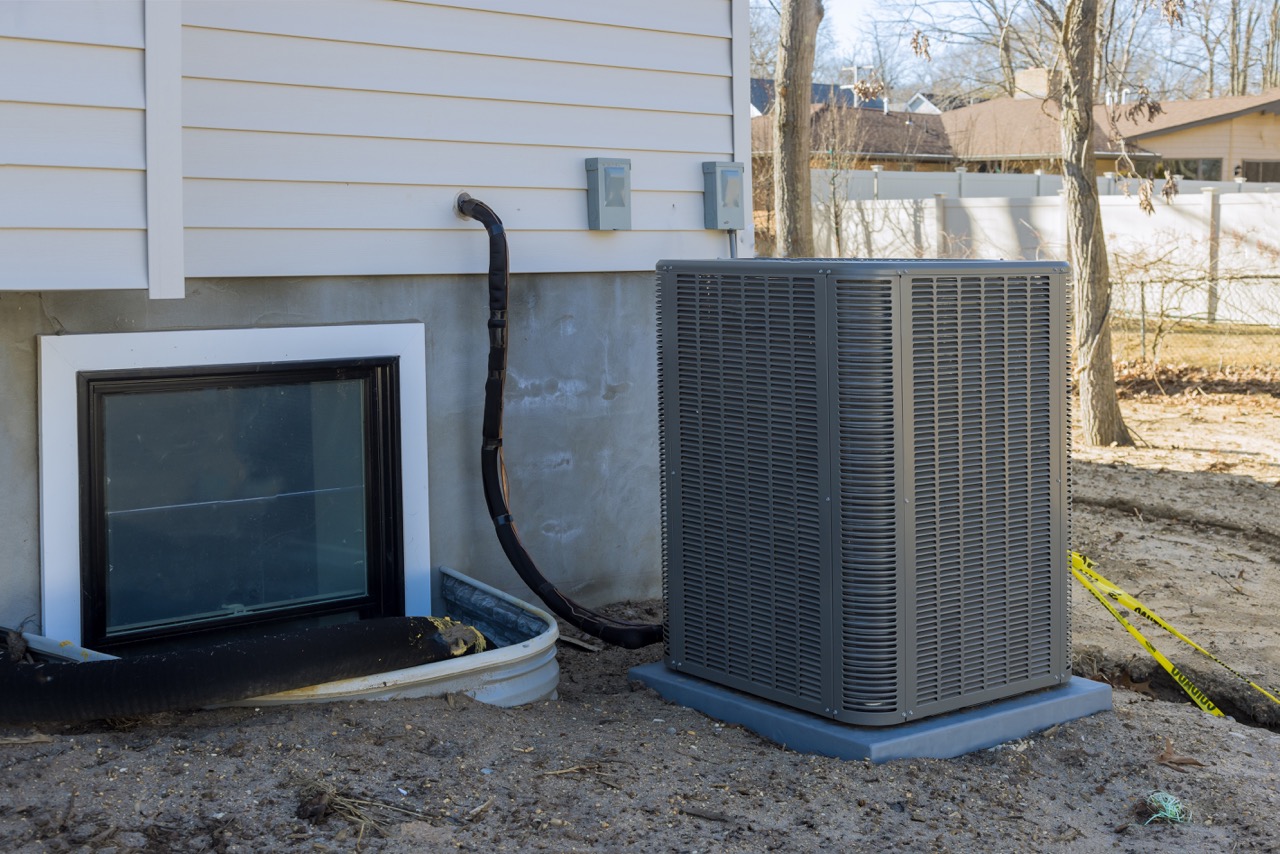
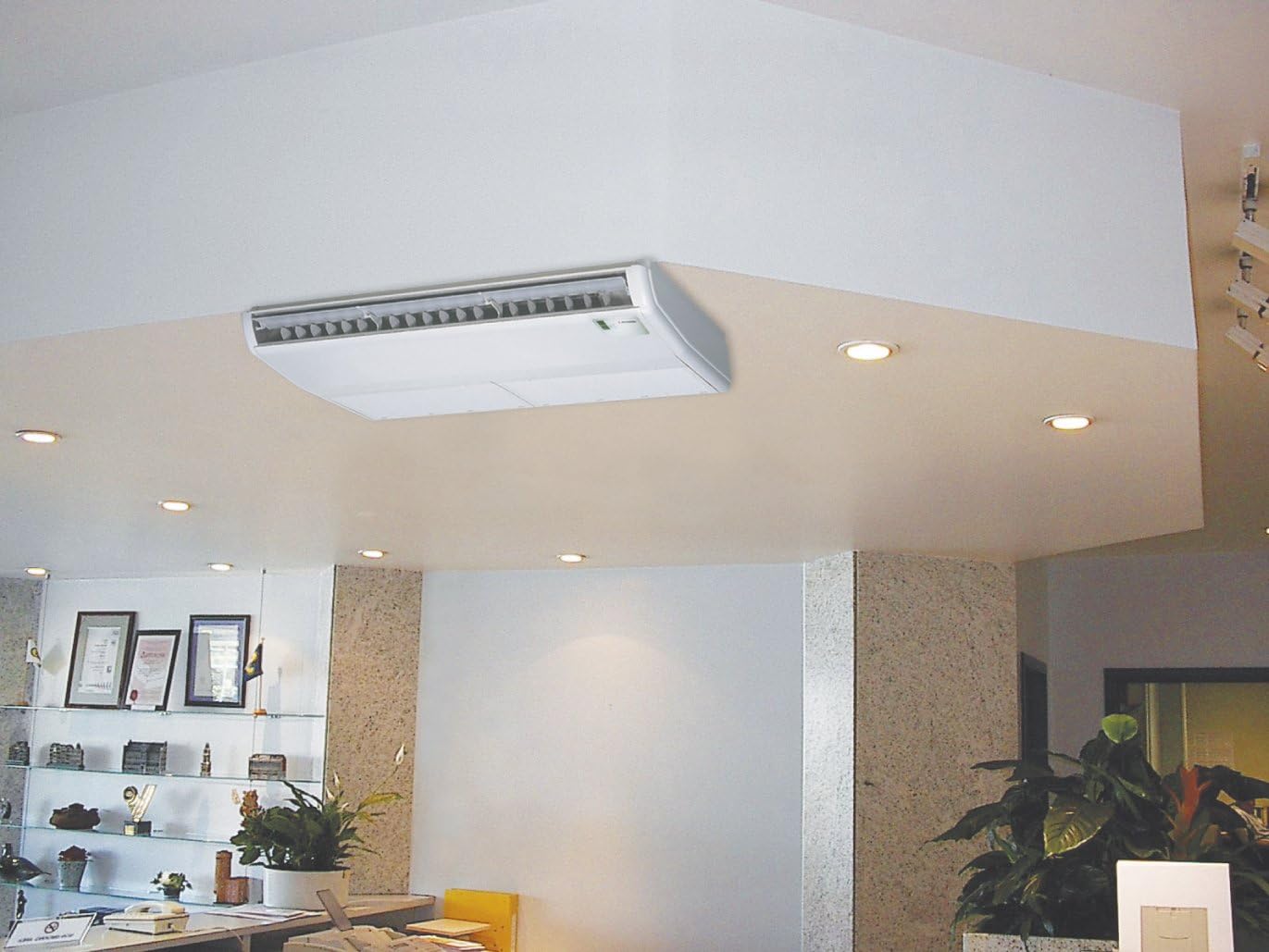
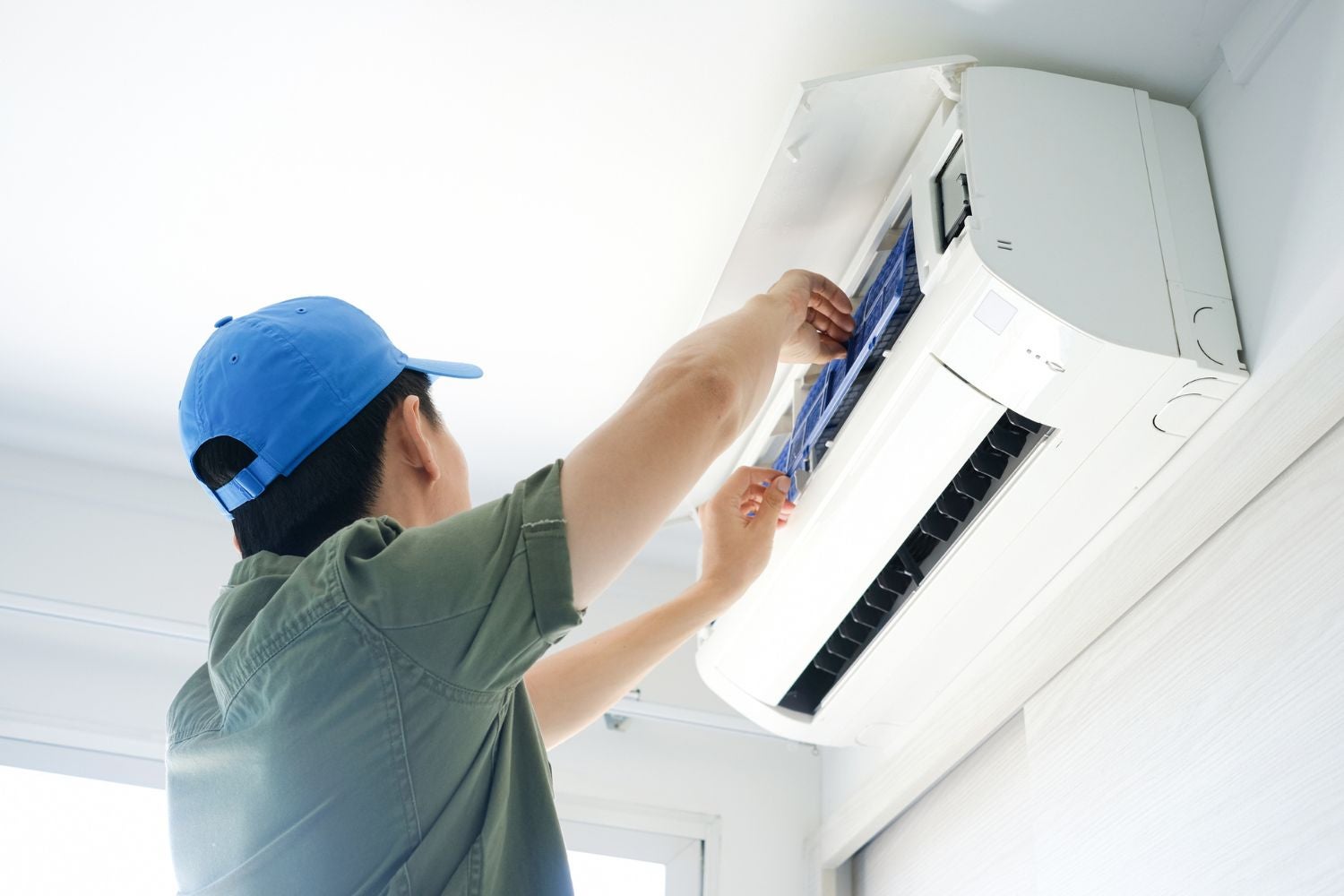
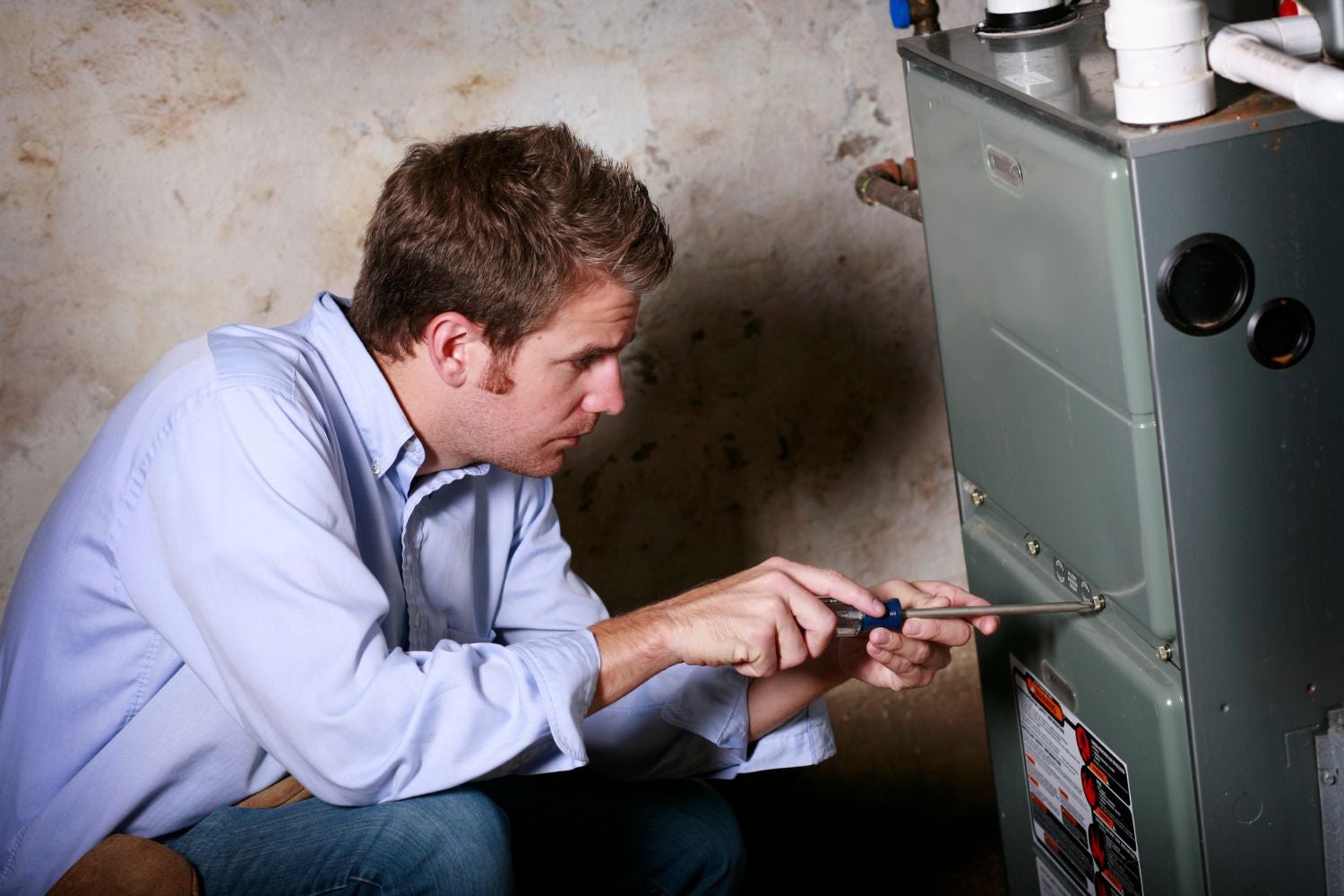
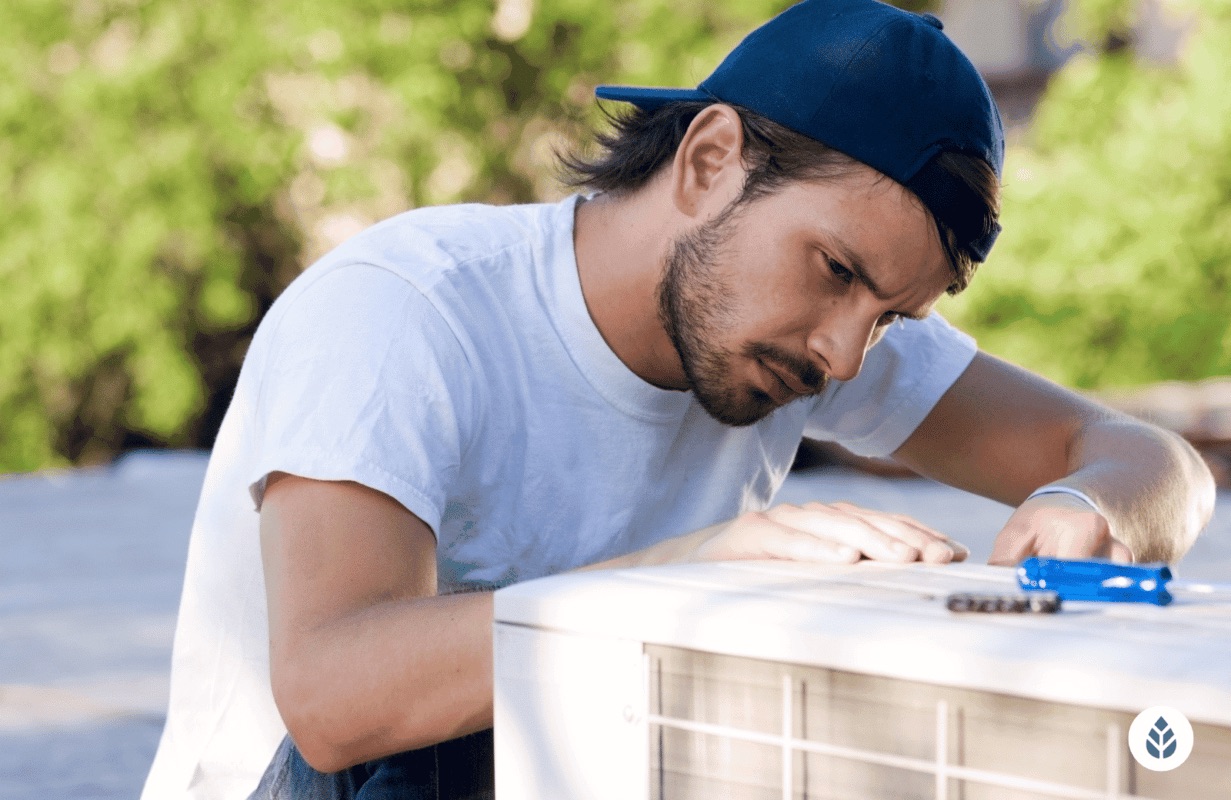
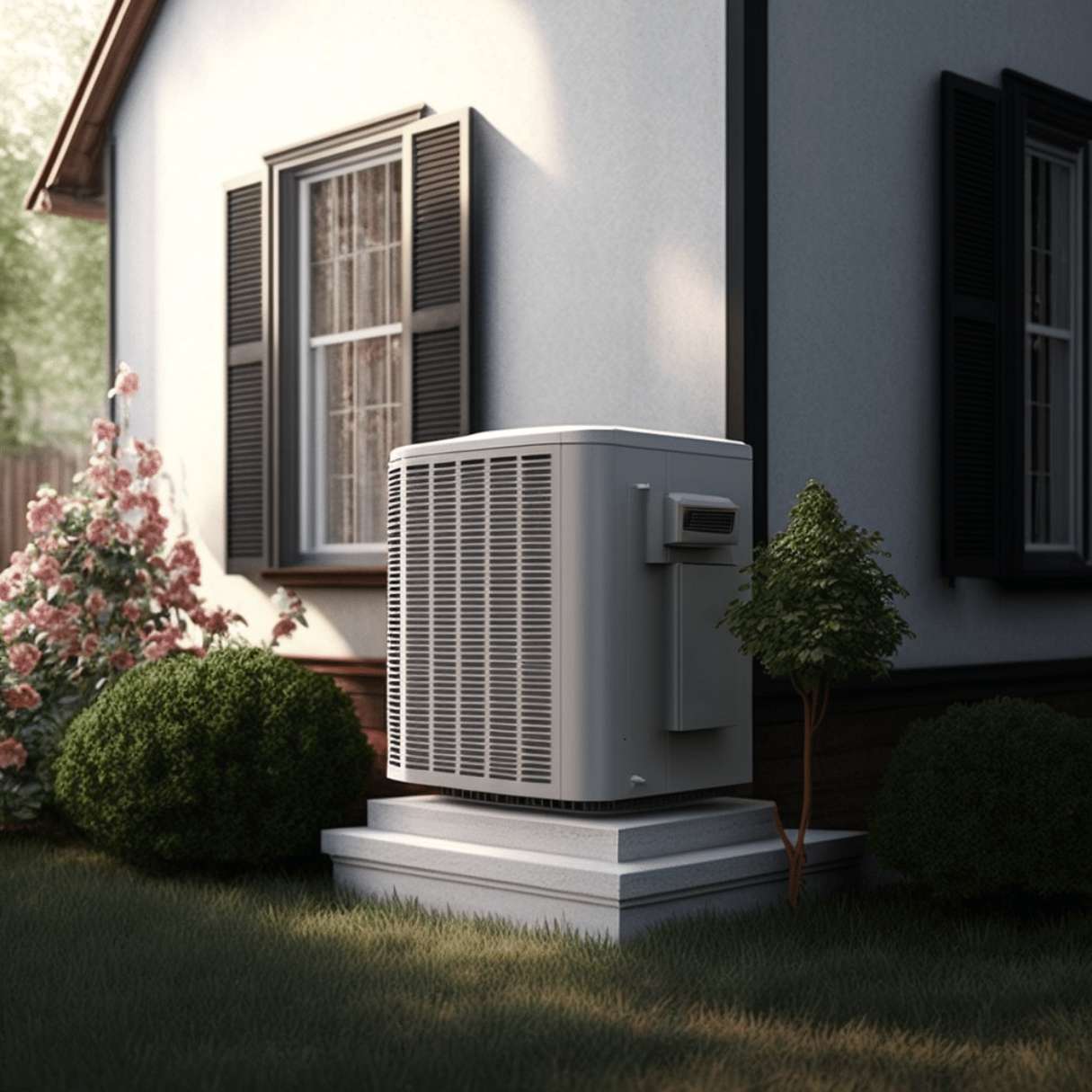
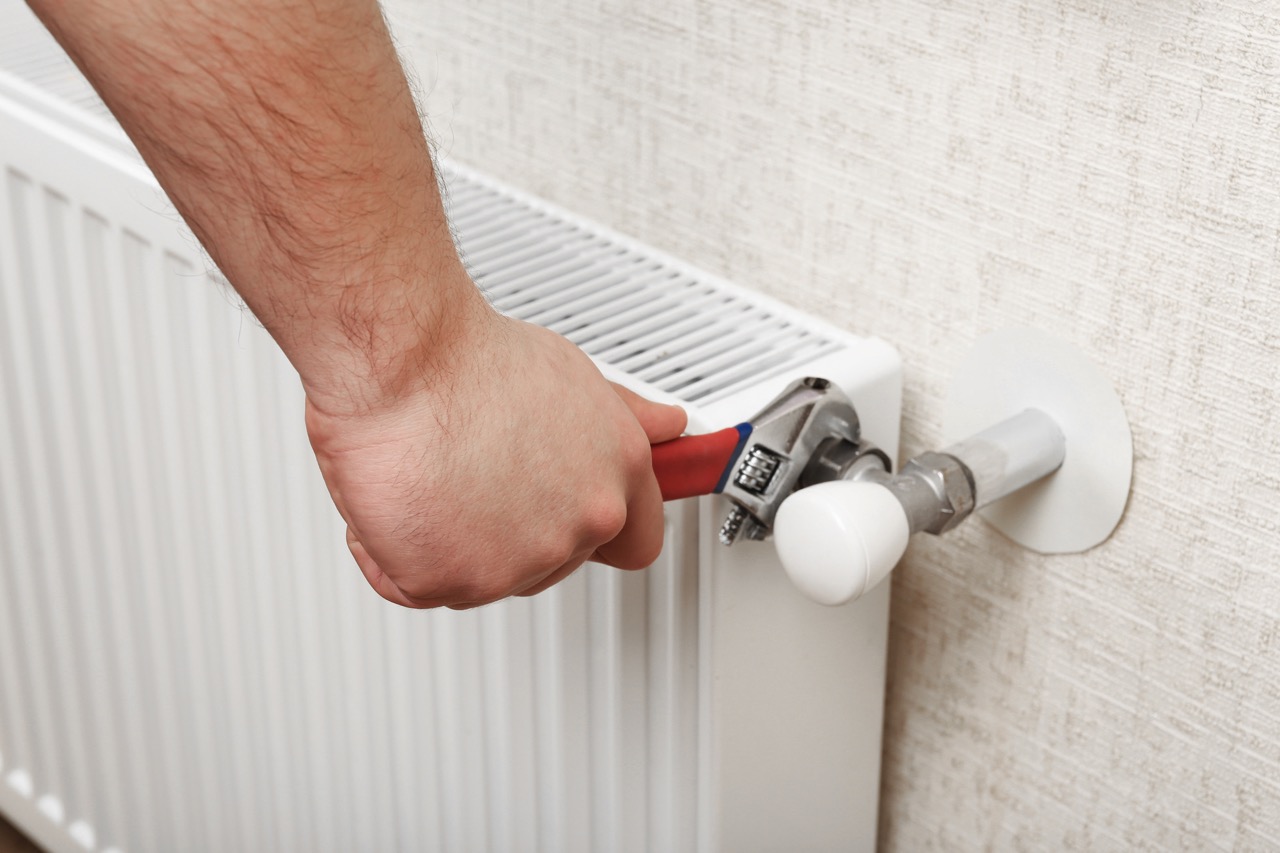
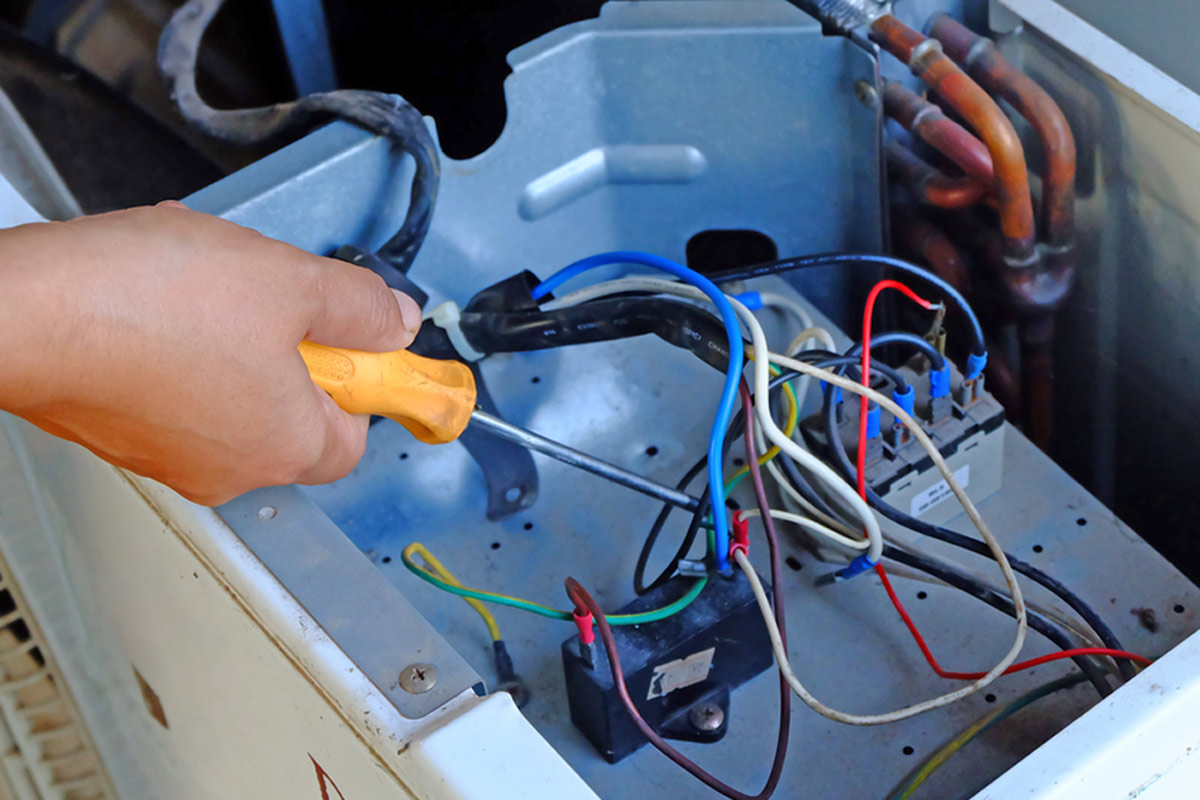

0 thoughts on “How Much Does It Cost To Move An HVAC Unit”